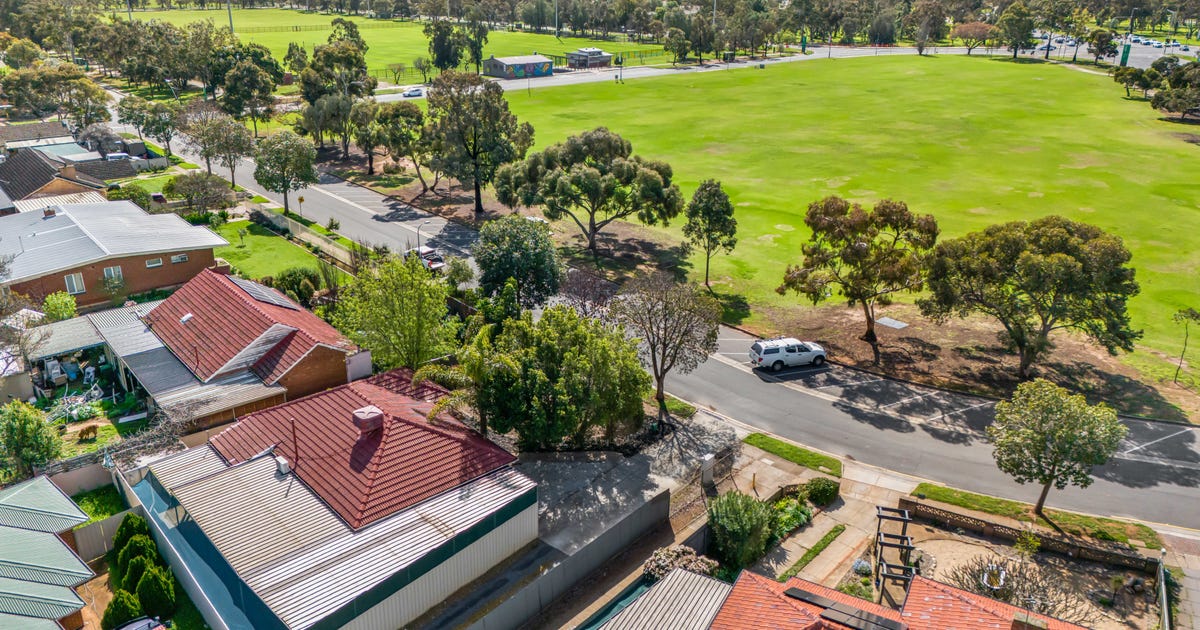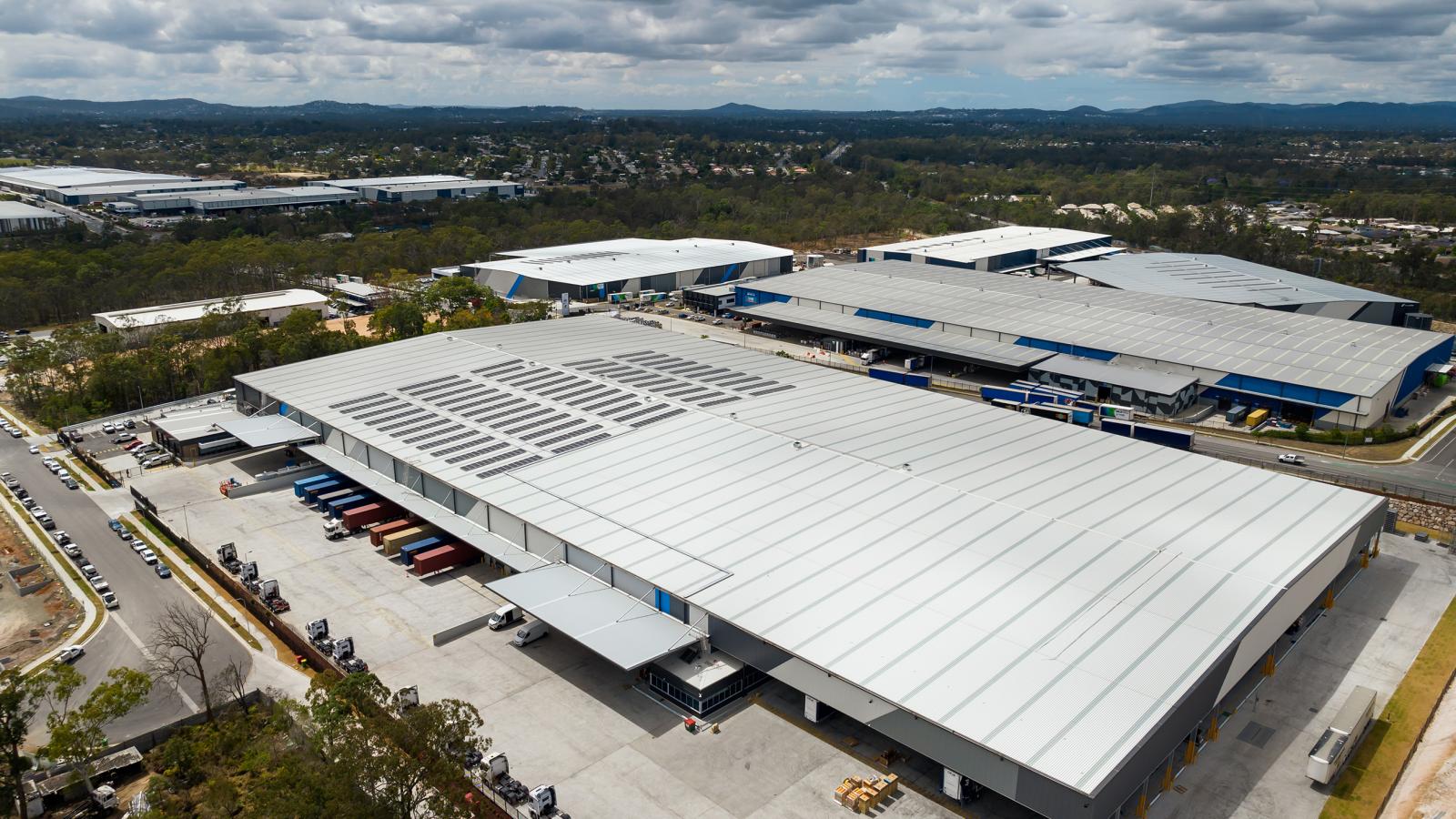
The National Construction Code (NCC) 2022 has introduced changes to Section J-Energy Efficiency, focusing on Class 3 to 9 buildings and commercial spaces. While these changes primarily involve the naming convention of the sections, it's essential to delve into the specifics and understand the new requirements they bring. In this article, we will explore two important areas of the NCC 2022 updates:
- Electric Vehicle Charging Infrastructure in Carparks
- Features for On-Site Renewable Energy Generation and Storage.
Electric Vehicle Charging Infrastructure in Carparks:
The code now mandates that car parks associated with Class 2, 3, 5, 6, 7b, 8, or 9 buildings must be equipped with dedicated electrical distribution boards for EV charging. Let's take a closer look at the requirements:
1. Distribution Board Specifications:
- Each storey of the car park must have dedicated electrical distribution boards.
- The distribution boards should be clearly labelled to indicate their purpose for electric vehicle charging equipment.
2. Charging Control System and Circuit Capacities:
- A charging control system must be installed on the distribution boards, capable of managing and scheduling EV charging in response to the building's total demand.
3. Future Expansion and Sub-Circuit Metering:
- The distribution boards should be sized to accommodate the future installation of electric vehicle chargers.
- Distribution boards must have space for individual sub-circuit electricity metering, allowing for accurate monitoring of electricity usage from EV charging equipment.
Features for On-Site Renewable Energy Generation and Storage:
Another crucial aspect emphasised in the NCC 2022 is the inclusion of features that facilitate the future installation of on-site renewable energy generation and storage. Let's explore the requirements:
1. Main Electrical Switchboard Specifications:
- The main electrical switchboard of a building should have at least two empty three-phase circuit breaker slots and four DIN rail spaces labelled for specific purposes.
- The labelled spaces are designated for the installation of a solar photovoltaic system (PV system) and a battery system.
2. Roof Area Allocation for Solar Photovoltaic Panels:
- At least 20% of the building's roof area should be left clear for the installation of solar photovoltaic panels, promoting renewable energy generation.
However, exceptions exist for buildings with existing solar panels covering at least 20% of the roof area or generating equivalent capacity elsewhere on-site, highly shaded roofs, roofs with an area not exceeding 55 m² or roofs primarily used as terraces, car parks, roof gardens, or roof lights.
The inclusion of electric vehicle charging infrastructure and features for on-site renewable energy generation and storage reflects a forward-thinking approach to sustainable construction practices. These updates not only promote a greener future but also align with the growing demand for energy-efficient and environmentally responsible buildings.
For more detailed information on the energy efficiency performance requirements of the NCC 2022, visit the official website of the Australian Building Codes Board at https://ncc.abcb.gov.au/news/2022/energy-efficiency-performance-ncc-2022.



